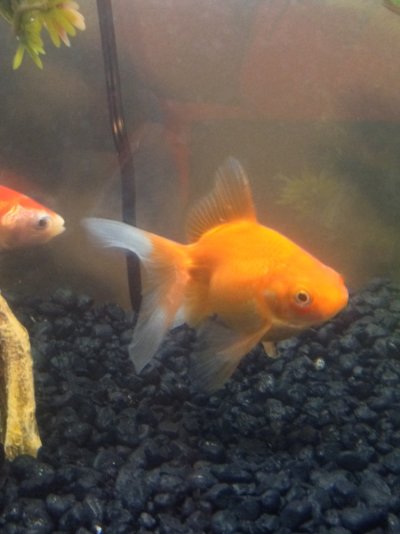Athena18
Aquarium Advice Apprentice
Hey all,
I'm having trouble cutting down the ammonia in my Cichlid tank. It's 65 gallons with 6 Cichlids and 1 pleco. All of the fish are only 1-2 inches right now, so I don't think I'm overstocked. I believe the tank is still cycling. My pH is about 7.4 and the ammonia is reading 4ppm. I've done roughly 50% water changes the past two days and the ammonia levels haven't dropped. Weird right?
I did water changes on my other two goldfish tanks and the ammonia levels are down to 2ppm and .5ppm. I know 2 is still high, but it was above 4. Also a couple of my goldfish have white spots on the fins. They don't look quite like ick to me, but I'm not sure. I know they've been stressed for about a week due to the tank chemistry. Everyone's acting pretty much normal and only 2 fish have the spots each on separate tanks. Should I treat for ick just in case?
Sent from my iPhone using Aquarium Advice
I'm having trouble cutting down the ammonia in my Cichlid tank. It's 65 gallons with 6 Cichlids and 1 pleco. All of the fish are only 1-2 inches right now, so I don't think I'm overstocked. I believe the tank is still cycling. My pH is about 7.4 and the ammonia is reading 4ppm. I've done roughly 50% water changes the past two days and the ammonia levels haven't dropped. Weird right?
I did water changes on my other two goldfish tanks and the ammonia levels are down to 2ppm and .5ppm. I know 2 is still high, but it was above 4. Also a couple of my goldfish have white spots on the fins. They don't look quite like ick to me, but I'm not sure. I know they've been stressed for about a week due to the tank chemistry. Everyone's acting pretty much normal and only 2 fish have the spots each on separate tanks. Should I treat for ick just in case?
Sent from my iPhone using Aquarium Advice

